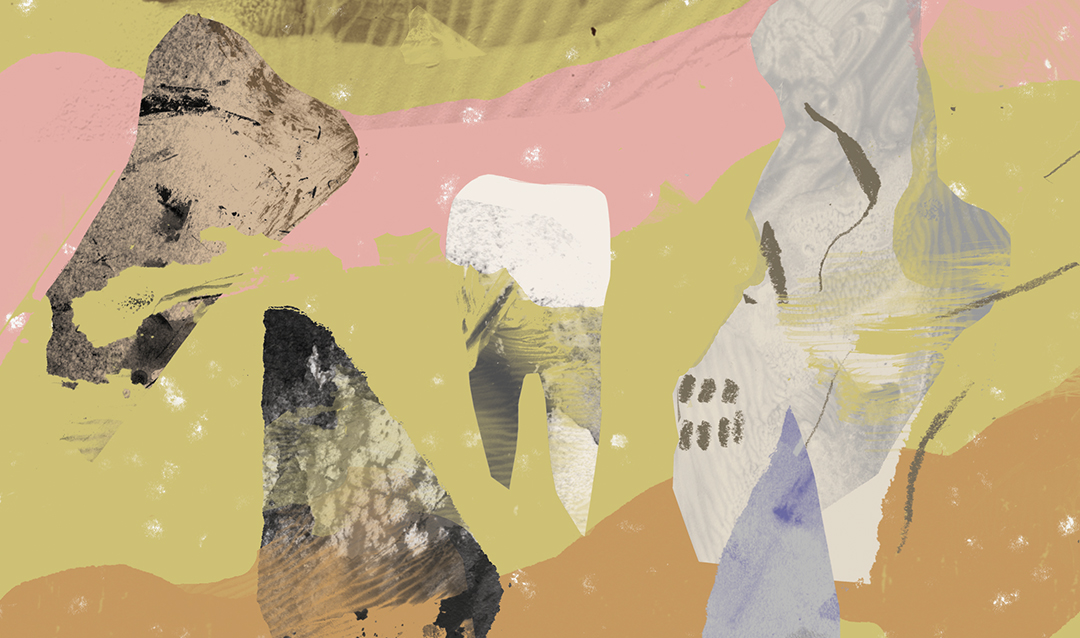David Anastasio’s collaborative research project has potentially significant implications for our understanding of how early humans migrated from Africa and the subsequent peopling of Europe—and it began with the discovery of an old tooth in a farmer’s nightstand in southern Spain.
Anastasio, a professor of earth and environmental sciences, was conducting research on mountain formation and landscape changes in southern Spain when he and a fellow geologist, Josep Parés from the Spanish National Lab of Human Evolution, took a detour to collect rocks from the Guadix-Baza Basin, the site of the largest ancient lake in Europe. Near the small Spanish village of Orce, they revisited the site of a tooth found in the basin, which the farmer’s son rediscovered after his father’s passing.
“The question became ‘how old is this tooth?’ And I said, ‘I think I have an angle that could let us figure it out,’” Anastasio says.
The resulting project includes collaborators from the Lab of Human Evolution and the University of Granada, among others.






